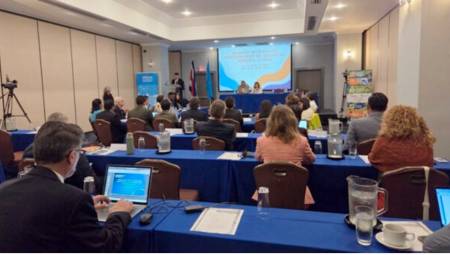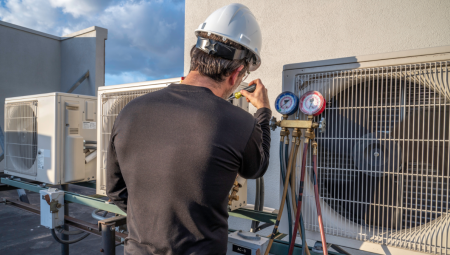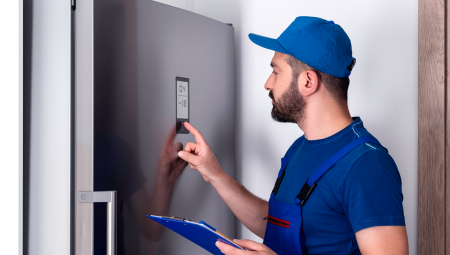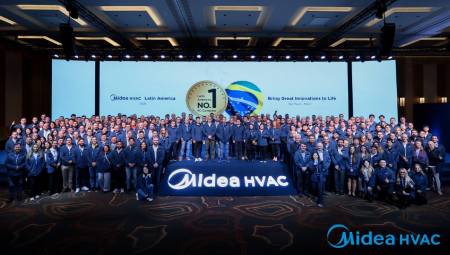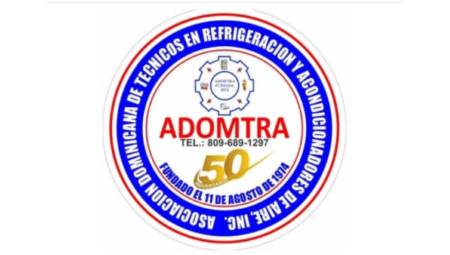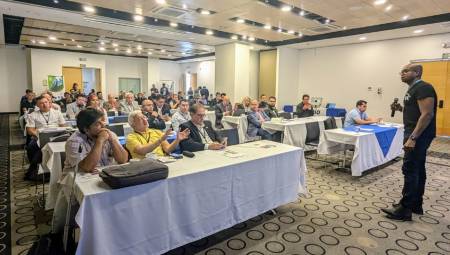United States. Johnson Controls, a global company specializing in smart, safe and sustainable building solutions, is commemorating its 140th anniversary by highlighting its legacy of innovation and industry leadership.
Founded in 1885, the company pioneered the development of the first automatic fire sprinkler and, shortly after, the first room thermostat.
Today, the company offers solutions in heating, ventilation and air conditioning (HVAC) systems, as well as solutions in fire protection and smart security. Its services span the entire lifecycle of buildings, from data centers and advanced manufacturing plants, to hospitals, laboratories and educational centers.
With a portfolio of nearly 8,000 active patents and recent heavy investments in research, engineering, and technology development, Johnson Controls continues to drive the evolution of the built environment. Emblematic brands such as Grinnell and York, integrated into its structure, exceed 150 years of history, further consolidating its reputation in the market.
The company reinforces its commitment to innovation through technologies that integrate the Internet of Things (IoT), artificial intelligence and machine learning, enabling real-time analytics that optimize the operation of buildings and reduce operating costs.
"This year marks a very special milestone for Johnson Controls: our 140th anniversary. And this anniversary is an opportunity to reflect on our journey. We are honored and grateful to those who came before us, and we take responsibility to move forward, accelerate the resolution of our customers' problems, and find new and better ways to push technology to make a difference," said Joakim Weidemanis, CEO of Johnson Controls.
With a presence in more than four million buildings worldwide, Johnson Controls is looking to the future with a streamlined portfolio, backed by highly trained service teams and advanced digital solutions. The company seeks to continue to be a strategic ally to face challenges such as climate change, rising energy costs and the need for efficiency in critical environments.





